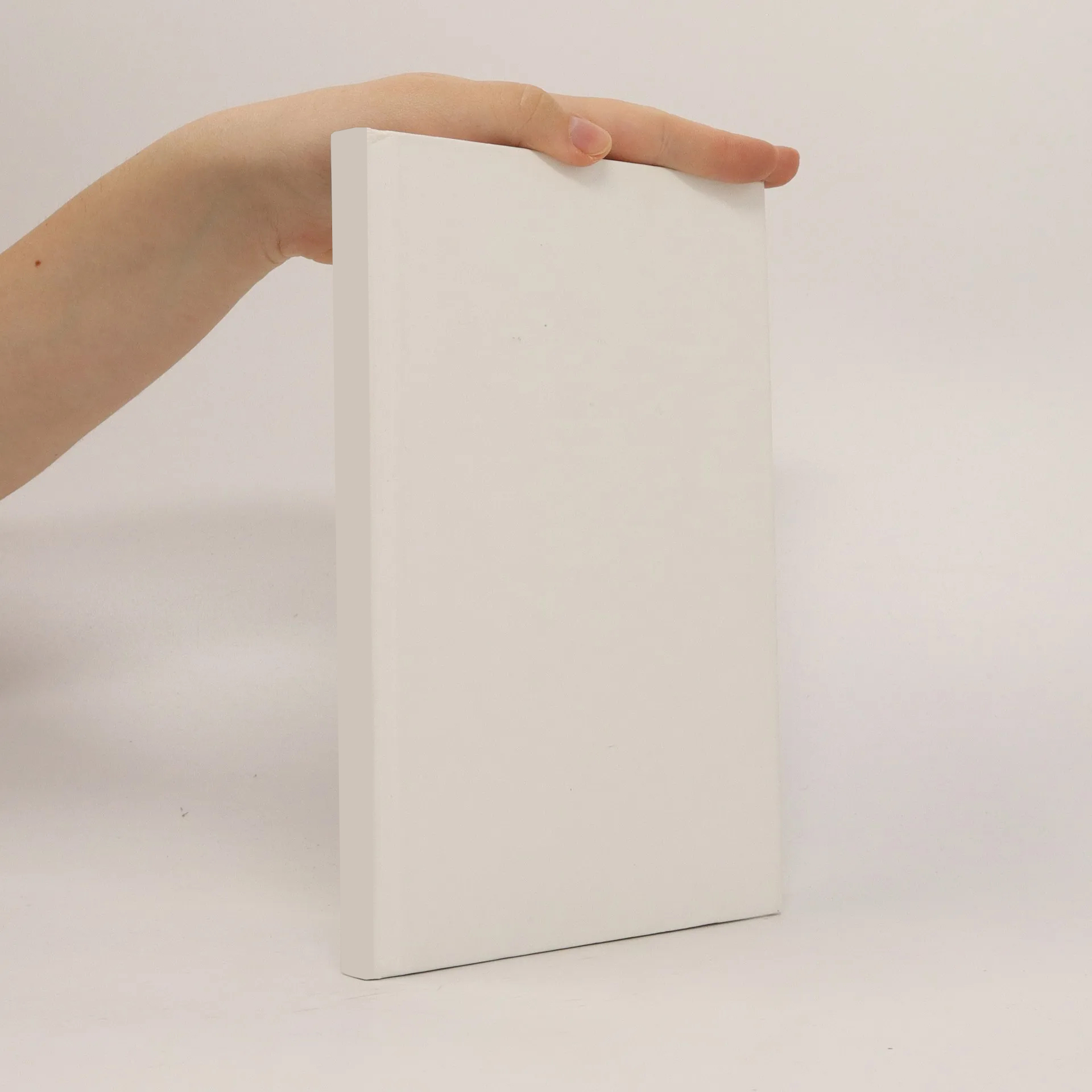
Mathematical methods for engineers and geoscientists
Autoren
Parameter
Kategorien
Mehr zum Buch
We start with a fun puzzle in mathematics and mathematical methods. How many corners does a four-dimensional cube have? Does such a thing exist, you ask? You may be a geoscientist or a philosopher. If your answer is: there are surely more than the eight corners there are for a three-dimensional cube, you are an engineer. If you know without hesitation that there are exactly sixteen corners and you can prove why, you are a mathematician. To explain the goal of this book, I refer to Hersh (1997): The United States suffers from “innumeracy” in its general population, “math avoidance” amonghigh-schoolstudents, and50percentfailureamongcollegecalculusstudents. Causes include starvation budgets in the school, mental attrition by television, parents who don’t like math. There’s another, unrecognized cause of failure: misconception of the nature of mathematics. I think the speci c reference to the United States may be omitted. It is really a worldwide problem. Moreover, there is one more consequence of “math avoidance” and “misconception”: good mathematical approaches are sometimes applied inc- rectly. Particularly, the methods of statistics are often misused for different goals. Applying mathematical methods is similar to using nuclear power: the nal results depend on the competence of the user. I try to convince my readers to apply the “energy” of mathematics with consideration.
Buchkauf
Mathematical methods for engineers and geoscientists, Olga Wälder
- Sprache
- Erscheinungsdatum
- 2008
Lieferung
Zahlungsmethoden
Deine Änderungsvorschläge
- Titel
- Mathematical methods for engineers and geoscientists
- Sprache
- Englisch
- Autor*innen
- Olga Wälder
- Verlag
- Springer
- Erscheinungsdatum
- 2008
- ISBN10
- 3540752986
- ISBN13
- 9783540752981
- Kategorie
- Mathematik
- Beschreibung
- We start with a fun puzzle in mathematics and mathematical methods. How many corners does a four-dimensional cube have? Does such a thing exist, you ask? You may be a geoscientist or a philosopher. If your answer is: there are surely more than the eight corners there are for a three-dimensional cube, you are an engineer. If you know without hesitation that there are exactly sixteen corners and you can prove why, you are a mathematician. To explain the goal of this book, I refer to Hersh (1997): The United States suffers from “innumeracy” in its general population, “math avoidance” amonghigh-schoolstudents, and50percentfailureamongcollegecalculusstudents. Causes include starvation budgets in the school, mental attrition by television, parents who don’t like math. There’s another, unrecognized cause of failure: misconception of the nature of mathematics. I think the speci c reference to the United States may be omitted. It is really a worldwide problem. Moreover, there is one more consequence of “math avoidance” and “misconception”: good mathematical approaches are sometimes applied inc- rectly. Particularly, the methods of statistics are often misused for different goals. Applying mathematical methods is similar to using nuclear power: the nal results depend on the competence of the user. I try to convince my readers to apply the “energy” of mathematics with consideration.